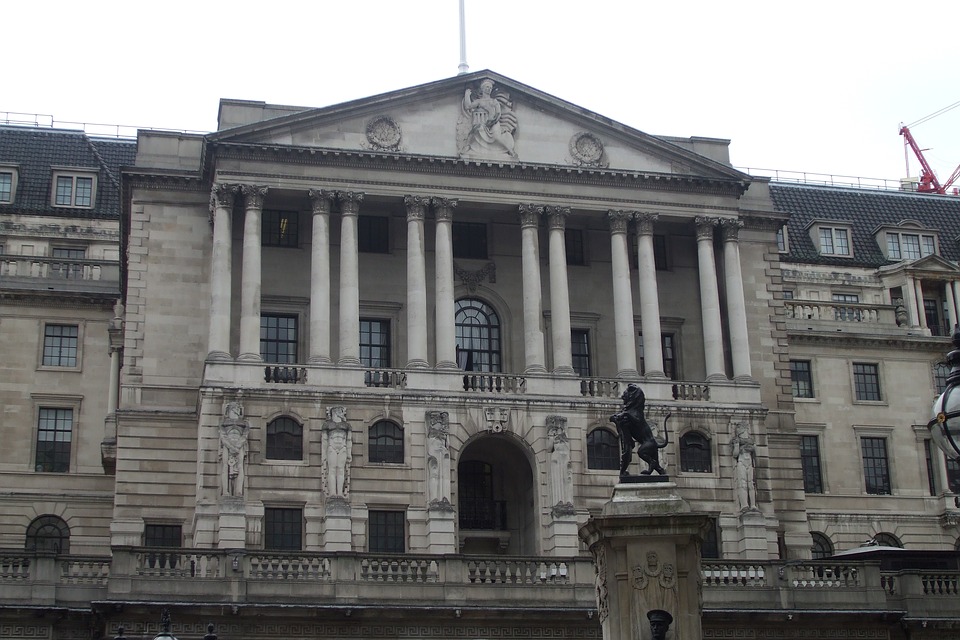First-time buyers and homeowner remortgaging are driving increased lending in the UK mortgage market according to data from UK Finance.
Residential remortgaging remained the biggest source of activity within the market despite it falling from a spike of almost 50,000 in January.
Experts believe the prospect of a Base Rate rise from the Bank of England next month is still motivating borrowers to secure fixed-rate deals.
Remortgage transactions rose 11.3% on a year earlier in February with 35,400 deals made with £6bn of lending completed – up 11.1% on the same month last year.
The buy-to-let market also continues to be powered by remortgaging with these deals up 20.5% on February 2017 to 14,100 – again this market saw a notable spike in January.
However, buy-to-let purchases continued to slide with the 5,200 completed purchases down 8.8% from last February.
Residential purchases
Encouragingly, the combined total of 50,000 residential house purchases conducted by first-time buyers and home movers was the highest figure for February since 2007.
The number of first-time buyers hit 25,200 in February, up 2.4% compared to the same month last year, while the 24,800 home movers remained unchanged on February last year.
Both these totals were largely on par with January’s figures and were the lowest by some margin over the last 12 months.
Around £9.3bn in lending was conducted to these groups – up from £9.1bn in February last year, but down marginally on January.
Fix costs
UK Finance director of mortgages, Jackie Bennett, said: “Homebuyers have shaken off the winter blues, with purchases by first-time buyers and home movers reaching their highest levels for February in over a decade.
“Remortgages are also up year-on-year, as homeowners look to fix costs amid anticipation of further interest rate rises.
“Meanwhile the buy-to-let market continues to operate at stable but subdued levels, due in part to the impact of recent legislative and tax changes,” she added.
Kensington Mortgages sales and marketing director, Craig McKinlay, said the potential for interest rate rises was likely the source of so much activity.
“Amid the noise about the Bank of England’s next decision on interest rates, remortgaging levels continue to remain high as borrowers organise their finances before any potential rate rise,” he said.
“Prudent borrowers are now locking themselves into competitive mortgage deals that remain on offer through the mortgage market, whether it’s for two, three or five years.”
Source: Your Money








